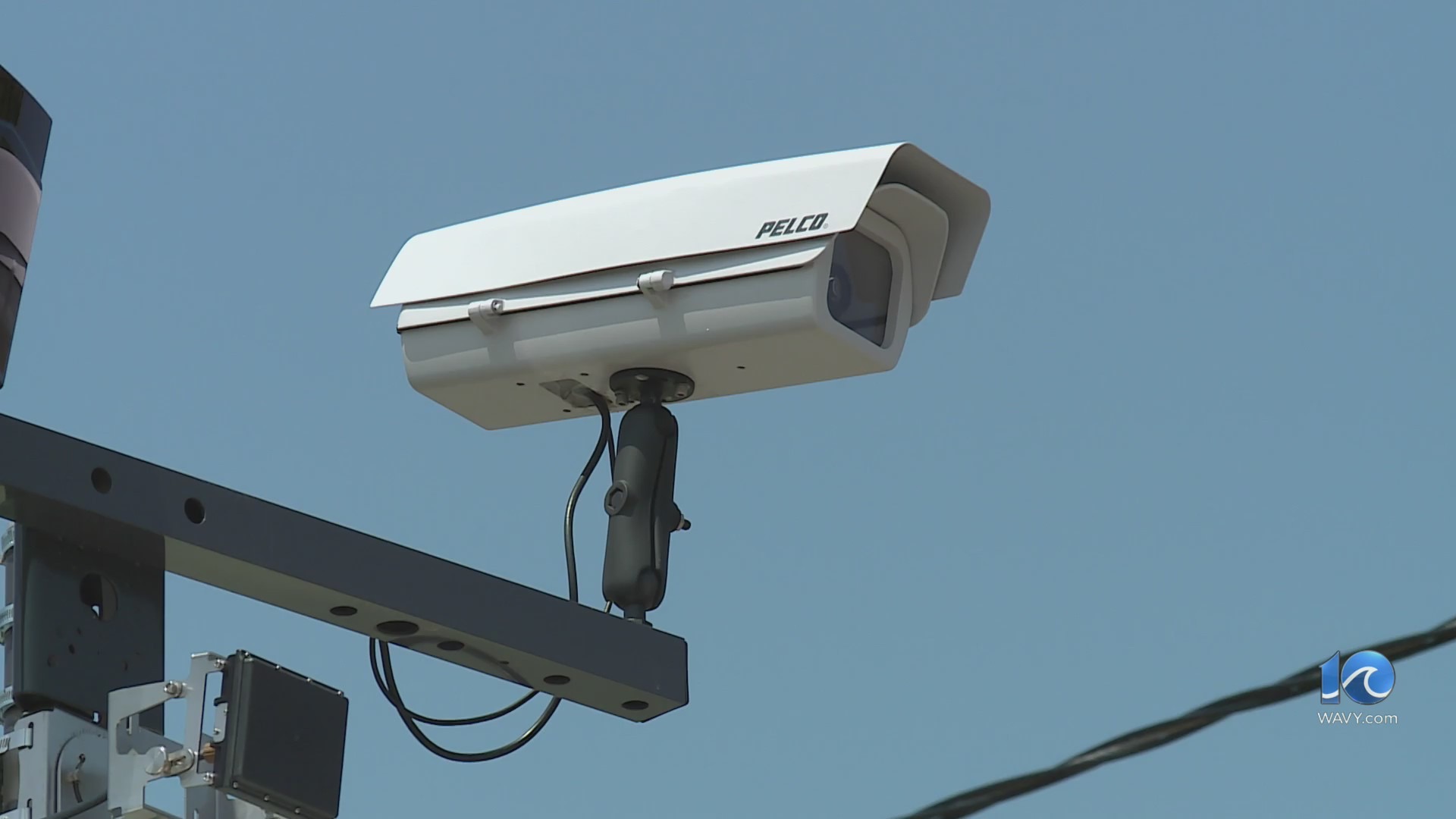BILLINGS, Mont. (AP) — Lawyers for President Donald Trump’s administration say he has the authority to abolish national monuments meant to protect historical and archaeological sites across broad landscapes, including two in California created by his predecessor at the request of Native American tribes.
A Justice Department legal opinion released Tuesday disavowed a 1938 determination that monuments created by previous presidents under the Antiquities Act can’t be revoked. The department said presidents can cancel monument designations if protections aren’t warranted.
The finding comes as the Interior Department under Trump has been weighing changes to monuments across the nation as part of the administration’s push to expand U.S. energy production.
The Republican in his first term reduced the size of two Bears Ears and Grand Staircase Escalante National Monuments in Utah, calling them a “massive land grab.” He also lifted fishing restrictions within a sprawling marine monument off the New England Coast.
Former President Joe Biden reversed the moves and restored the monuments. noting that Bears Ears was the first national monument to be established at the request of federally recognized tribes.
The two monuments singled out in the new Justice Department opinion were designated by Biden in his final days in office: Chuckwalla National Monument, in Southern California near Joshua Tree National Park, and Sáttítla Highlands National Monument, in Northern California.
The Democrat’s declarations for the monuments barred oil and natural gas drilling and mining on the 624,000-acre (2,400-square-kilometer) Chuckwalla site, and the roughly 225,000 acres (800 square kilometers) Sáttítla Highlands site near the California-Oregon border.
Chuckwalla has natural wonders including the Painted Canyon of Mecca Hills and Alligator Rock, and it is home to rare species of plants and animals like the desert bighorn sheep and the Chuckwalla lizard. The Sáttítla Highlands include the ancestral homelands of and are sacred to the Pit River Tribe and Modoc Peoples.
All but three presidents have used the 1906 Antiquities Act to protect unique landscapes and cultural resources, and about half the national parks in the U.S. were first designated as monuments.
But critics of monument designations under Biden and Obama say the protective boundaries were stretched too far, hindering mining for critical minerals.
Deputy Assistant Attorney General Lanora Pettit wrote in the Trump administration opinion that Biden’s protections of Chuckwalla and the Sattítla Highlands were part of the Democrat’s attempts to create for himself an environmental legacy that includes more places to hike, bike, camp or hunt.
“Such activities are entirely expected in a park, but they are wholly unrelated to (if not outright incompatible with) the protection of scientific or historical monuments,” Pettit wrote.
Trump in April lifted commercial fishing prohibitions within an expansive marine monument in the Pacific Ocean created under former President Barack Obama.
Environmental groups have anticipated more actions against monuments by Trump since his first days in office. They said Tuesday’s Justice Department opinion doesn’t give him the authority to shrink monuments at will.
“Americans overwhelmingly support our public lands and oppose seeing them dismantled or destroyed,” said Axie Navas with The Wilderness Society.
Since 1912, presidents have issued more than a dozen proclamations that diminished monuments but did not outright revoke them, according to a National Park Service database.
Dwight Eisenhower was most active in undoing the proclamations of his predecessors as he diminished six monuments, including Arches in Utah, Great Sand Dunes in Colorado and Glacier Bay in Alaska, which have all since become national parks.
Trump’s moves to shrink the Utah monuments in his first term were challenged by environmental groups that said protections for the sites safeguard water supplies and wildlife while preserving cultural sites.
The reductions were reversed by Biden before the case was resolved, and it remains pending.
President Theodore Roosevelt signed the Antiquities Act after lobbying by educators and scientists who wanted to protect sites from artifact looting and haphazard collecting by individuals. It was the first law in the U.S. to establish legal protections for cultural and natural resources of historic or scientific interest on federal lands.





